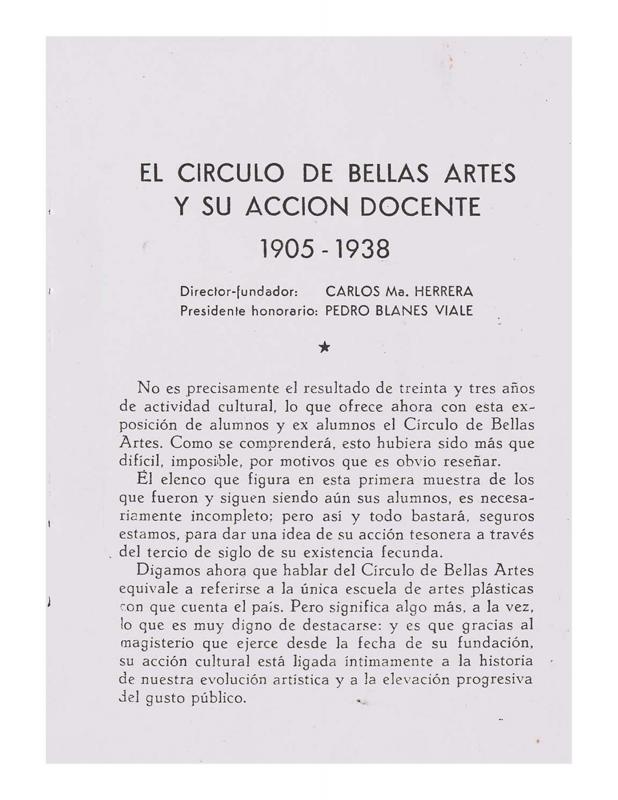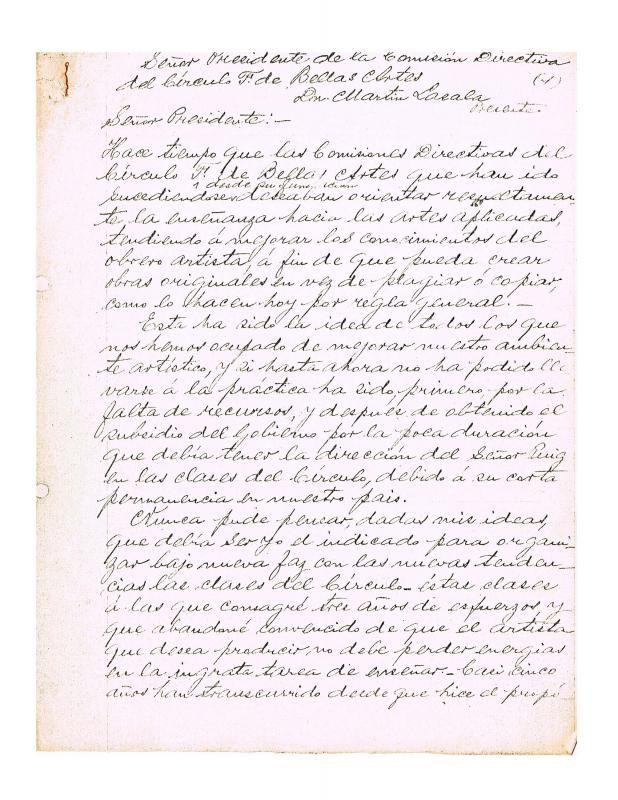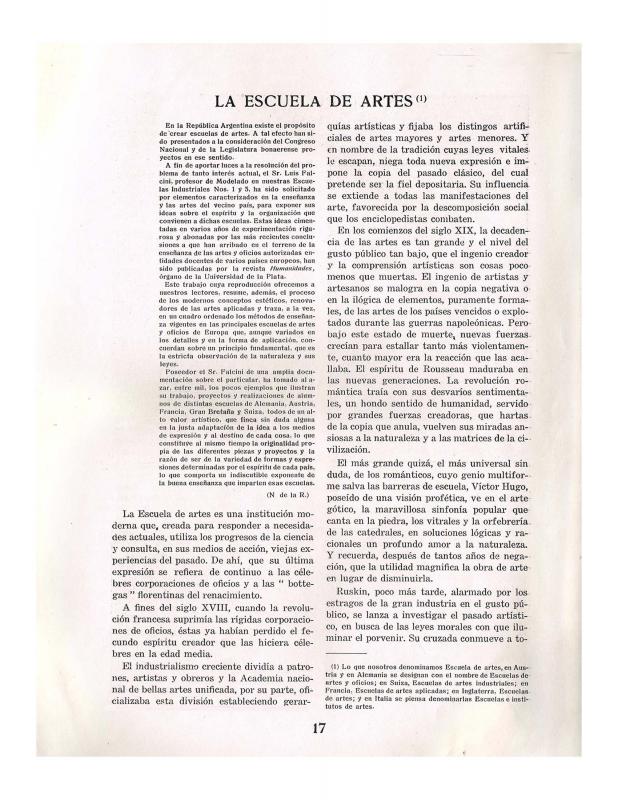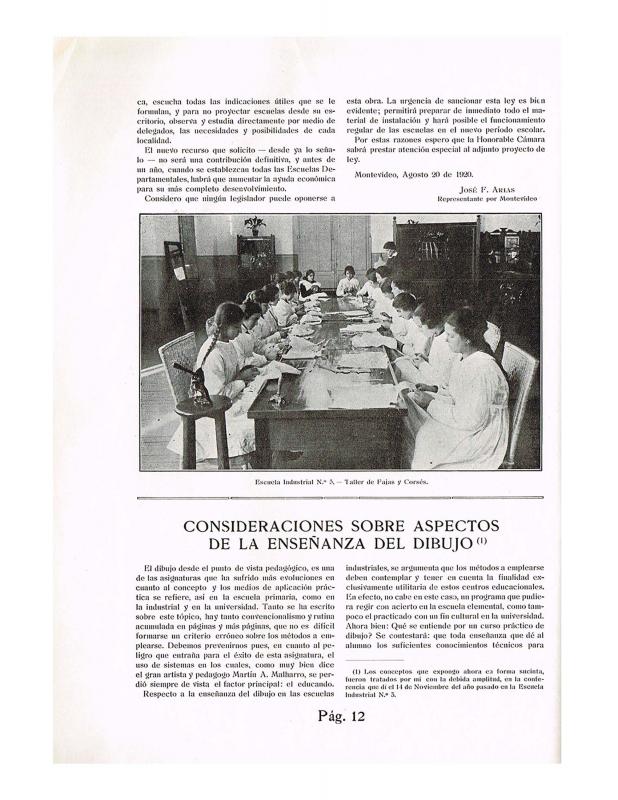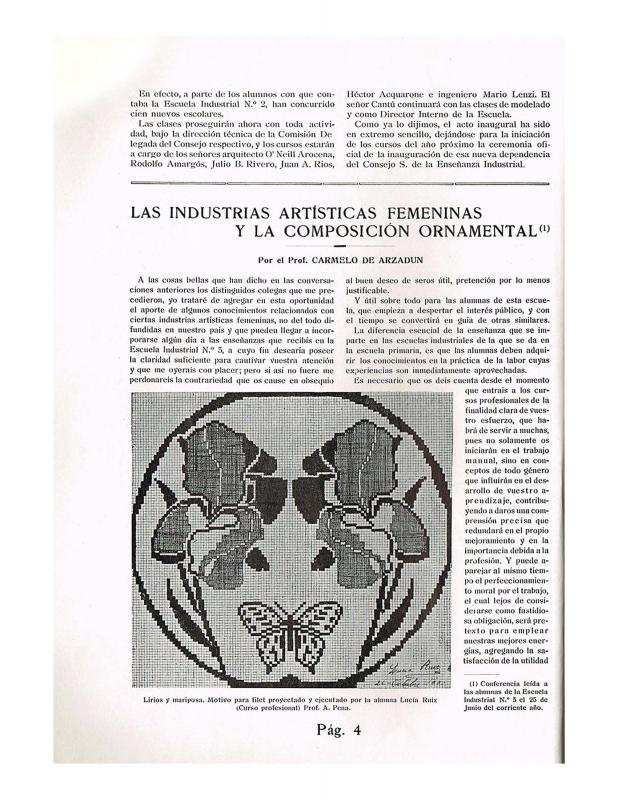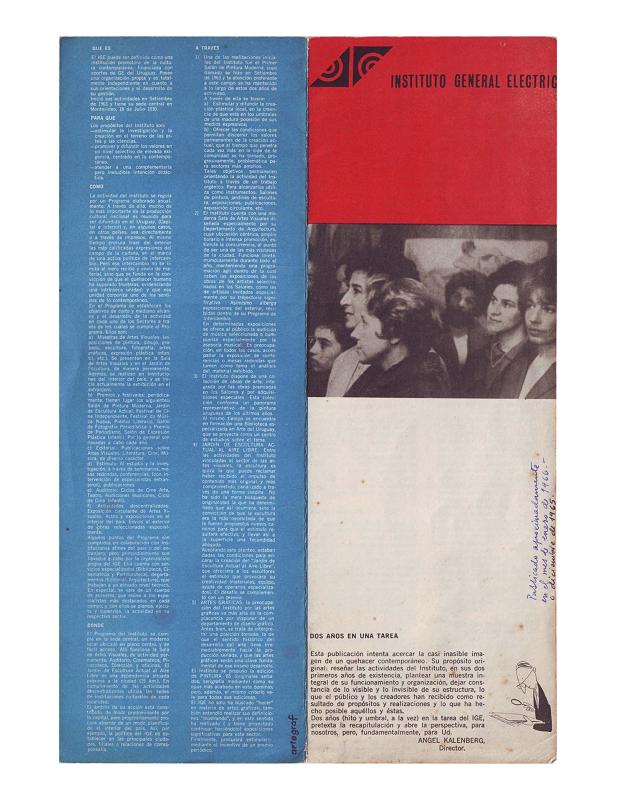The Instituto General Electric (IGE), managed by Ángel Kalenberg (b. 1936), was founded in 1963 as part of the local strategy developed by international branches of the North American parent company, General Electric, which was established in Uruguay in 1937. From 1963 to 1968, IGE was extremely active in the fields of the visual arts, cinema, aleatoric music, and art instruction. One of the most distinguished contributors in the educational area was Professor Humberto Tomeo (1933–96), a visual artist and secondary school teacher. In Las artes plásticas en la Enseñanza Media, the brochure published by IGE, Tomeo stresses the importance of teaching industrial art design in secondary school. Uruguay understood the need to foster the instruction of industrial art as far back as the early years of the twentieth century.
The initiative began in earnest with the Escuela del Círculo de Bellas Artes, founded in 1905, which advocated art instruction applied to the manufacturing sector. It continued when Pedro Figari took the helm at the Escuela de Artes y Oficios in 1915, at which time the instruction of industrial design for household goods focused on products for the general public to an unprecedented degree.
Tomeo’s article was written in the mid-1960s, when the local publishing industry was expanding to meet the growing cultural needs of the middle classes. As can be seen in this document, the IGE targeted that sector (intellectuals, artists, university students) and developed an avant-garde institutional approach. In other words, in addition to its specific functions, it acted as an intermediary between art and private industry.
[As complementary reading, see the following documents in the ICAA digital archive: (anonymous) “El Círculo de Bellas Artes y su acción docente 1905-1938” (doc. no. 1231073); the letter written by Carlos M. Herrera to the Board of the Círculo de Bellas Artes (doc. no. 1230195); by Luis Falcini “La Escuela de Artes” (doc. no. 1230268); by Guillermo Rodríguez “Consideraciones sobre aspectos de la enseñanza del dibujo” (doc. no. 1230412); by Carmelo de Arzadun “Las industrias artísticas femeninas y la composición ornamental” (doc. no. 1230556); by Viviani Sebastián “Conferencias Culturales. Sobre tópicos de arte decorativo” (doc. no. 1230583); and by Ángel Kalenberg “Dos años en una tarea” (doc. no. 1182268)].

